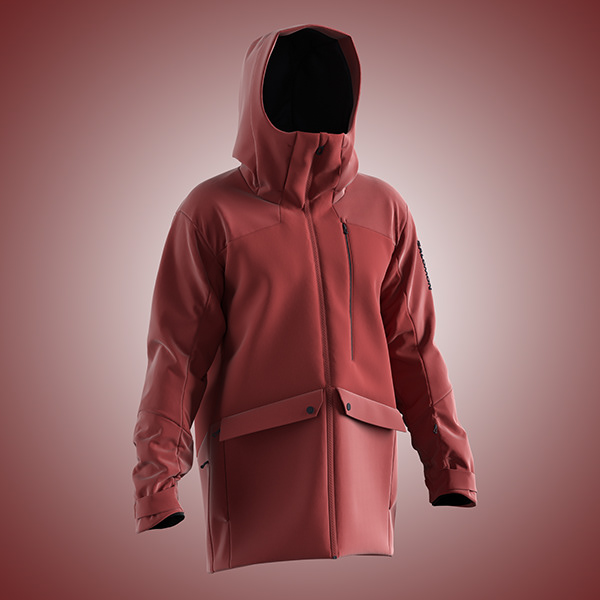
Virtual fashion refers to the use of digital technology to create, display, and sell fashion items. This can include creating virtual clothing and accessories for use in video games and other virtual environments, as well as using 3D modeling and other techniques to create digital versions of real-world clothing and accessories that can be viewed and purchased online. Virtual fashion can also include the use of augmented reality and other technologies to allow customers to try on clothing and accessories digitally before making a purchase.
Virtual fashion has a relatively short history, as it is a relatively new concept. The earliest forms of virtual fashion can be traced back to the late 1990s and early 2000s when online communities such as Second Life and The Sims began to gain popularity. These virtual worlds allowed users to create avatars and customize their appearance, including clothing and accessories.
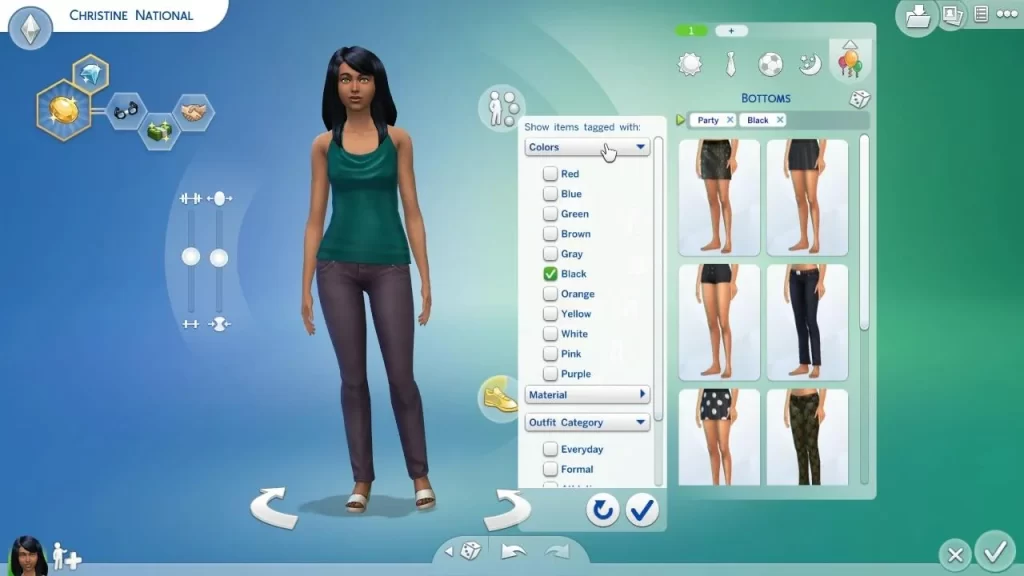
As technology has advanced, so too has the ability to create and display virtual fashion. The rise of virtual reality and augmented reality has led to the development of more realistic and detailed virtual clothing, as well as the ability to try on virtual clothing in a virtual fitting room. In recent years, virtual fashion has also begun to be used in the real-world fashion industry, with designers creating virtual clothing and runway shows being streamed online. Overall, virtual fashion is an ever-evolving field that is becoming increasingly popular and relevant in today’s digital age.
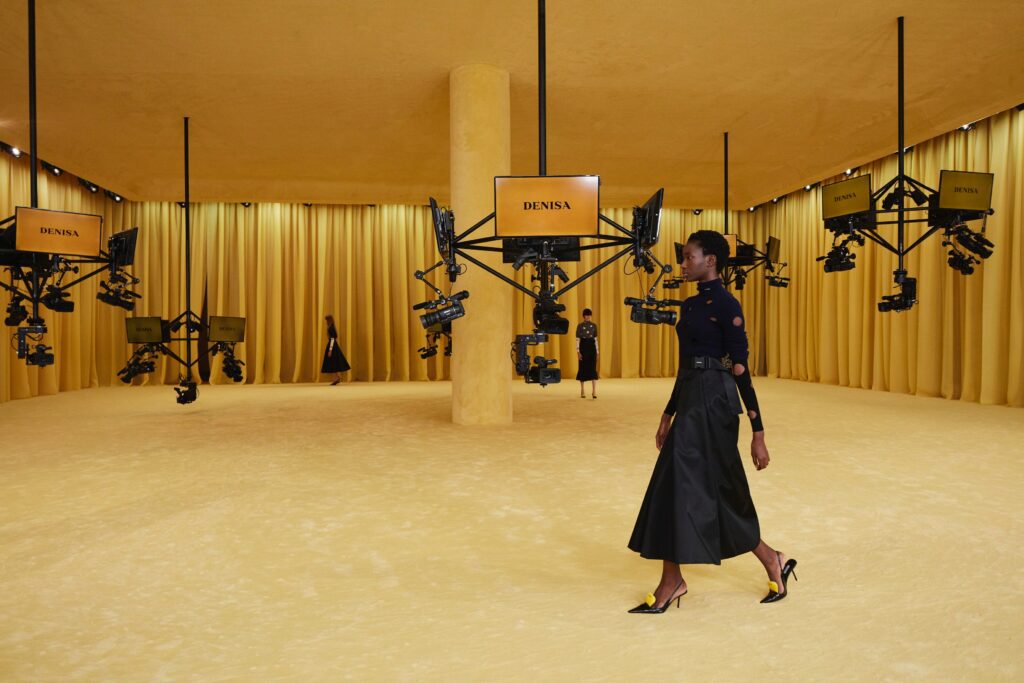
Several top fashion brands have begun to incorporate virtual fashion into their operations. For example, Gucci and Louis Vuitton have both created virtual fashion shows to showcase their latest collections. Prada also created a virtual fashion show called “Prada Mode,” which featured a combination of real-life and virtual models. Ralph Lauren has also used virtual reality to create virtual stores, allowing customers to explore and shop the brand’s clothing and accessories.
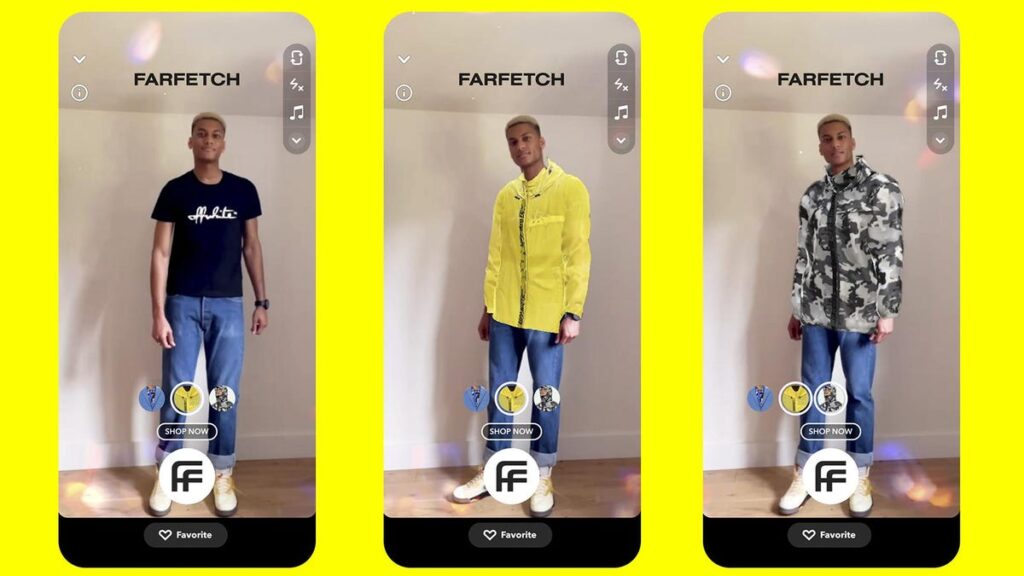
Additionally, many brands are also using virtual try-on technology, allowing customers to virtually try on clothing and accessories in a virtual fitting room. Overall, it’s clear that virtual fashion is becoming an increasingly important part of the fashion industry, as top brands are using it to showcase their collections and engage with customers in new ways.
There are several software programs that are commonly used in the field of virtual fashion. One popular program is Maya, a 3D computer graphics software that is used to create and animate virtual clothing and accessories. Another popular program is ZBrush, which is used to create detailed and realistic textures for virtual clothing and accessories.
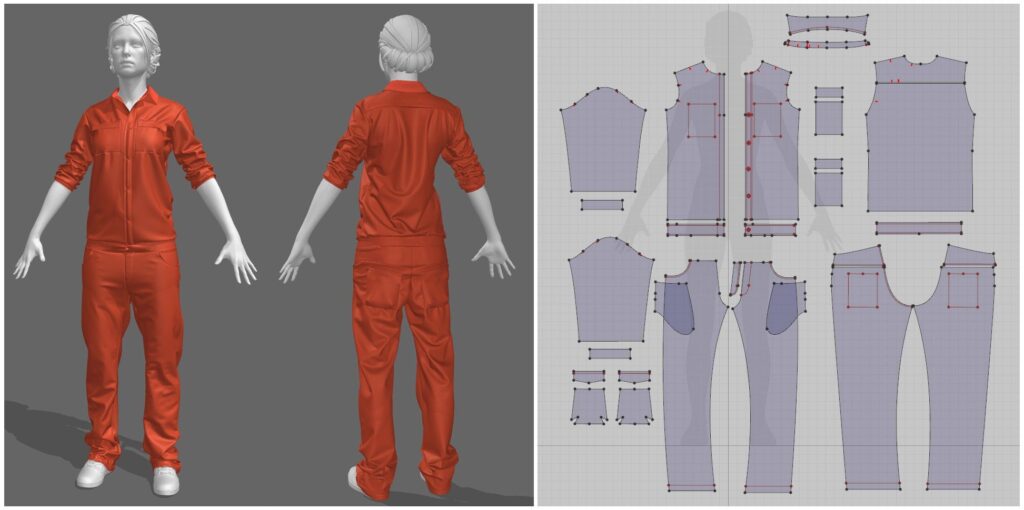
Other programs such as Marvelous Designer and CLO3D are specifically designed for fashion and textiles, providing tools for simulating fabrics and creating clothes patterns. Furthermore, virtual reality platforms such as Unity and Unreal Engine are also frequently used to create interactive virtual fashion experiences. Many of these software programs are used in conjunction with each other, allowing designers to create highly detailed and realistic virtual clothing and accessories.
Growth through virtual fashion:
Virtual fashion offers a number of benefits for designers and manufacturers. One of the main benefits is the ability to create and test designs quickly and easily without the need for physical prototypes. This can save time and money, as well as reducing waste in the production process.
Virtual fashion also allows designers to explore new and creative possibilities, as they can easily test different fabrics, colors, and patterns without any limitations. Additionally, virtual fashion allows manufacturers to create virtual showrooms and virtual stores, giving them the ability to showcase their collections to a global audience and to provide customers with the ability to virtually try on clothing and accessories in a virtual fitting room.
Virtual fashion also allows for more efficient collaboration between team members, as they can easily share and review designs and make changes remotely. Overall, virtual fashion provides a variety of benefits that can help designers and manufacturers create more efficient, sustainable, and creative designs.
